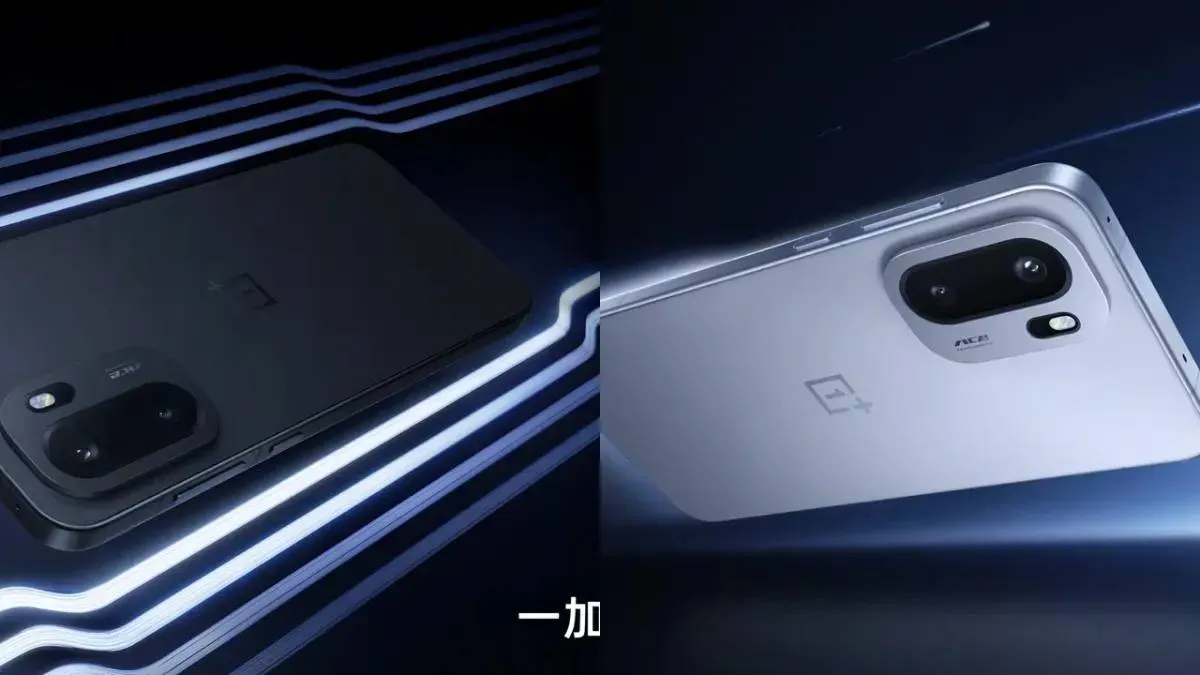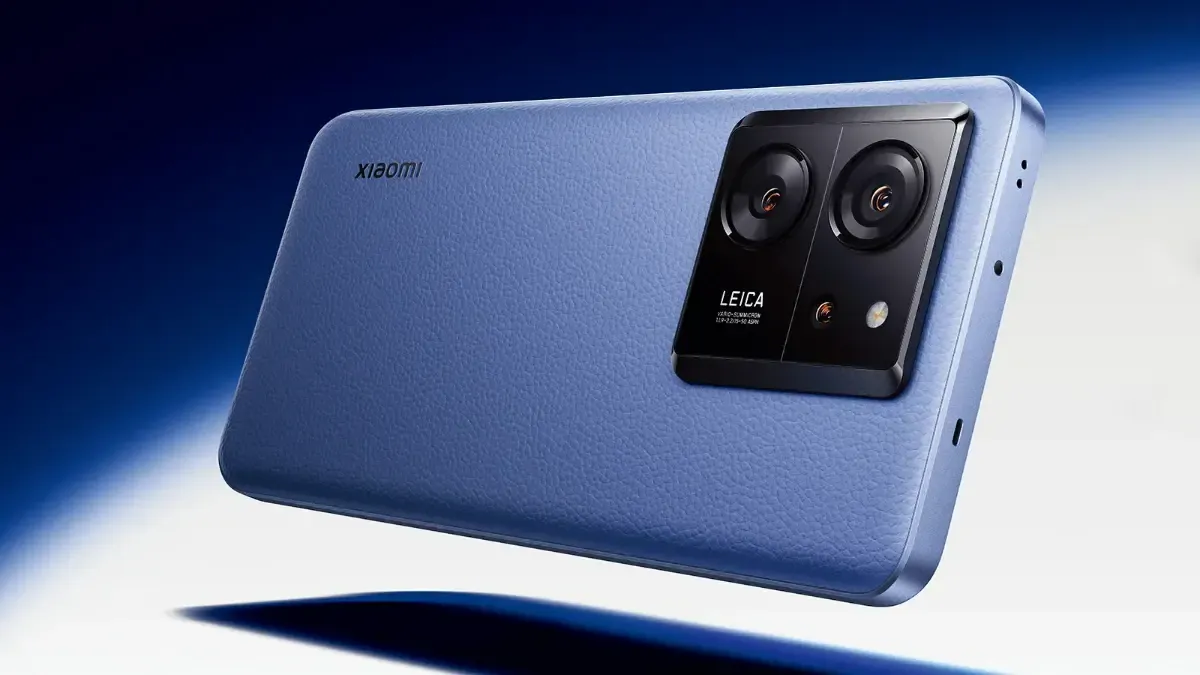
Is Microsoft gearing up to make another attempt in the foldable smartphone market after the failure of its Surface Duo? A recent patent suggests they might be. Originally published in 2021, this patent hinted at the possibility of a third-generation Surface Duo. However, new updates to the patent have brought it back into the spotlight, sparking fresh speculation about Microsoft's plans.
Microsoft: A New Approach to Foldables
According to the patent, Microsoft is developing a new kind of foldable device that could solve many of the problems seen in today’s foldable phones. Instead of the dual-screen design of the original Surface Duo, this new concept would feature a single foldable screen. The device could fold both inward and outward, which is different from most foldable phones that typically only fold inward.
One of the major issues with current foldables is the appearance of creases on the screen where it folds. Microsoft's solution is clever: the patent describes a system where excess screen material can be hidden within the device’s chassis as it folds, preventing visible creases or dips. Achieving this would involve advanced manufacturing techniques, such as wet etching and laser cutting, according to the patent details.

Microsoft’s Troubled History in Mobile
Microsoft’s journey in the mobile phone market has been rocky. The company first entered the space with its Windows Mobile software, but it struggled to compete when Apple’s iPhone and Google’s Android phones arrived. Windows Mobile was designed for older resistive touchscreens, which used a stylus, whereas the iPhone and Android phones were optimized for modern capacitive touchscreens that could be controlled by finger taps.
By the time Microsoft launched its new Windows Phone 7, which was a complete redesign of the software, it was too late. Apple and Android were already dominating the market, and Microsoft couldn’t break through as a major player. Even acquiring Nokia Mobile, one of the biggest phone manufacturers at the time, didn’t help. Eventually, Microsoft gave up on its mobile operating system entirely.

The Surface Duo Experiment
In 2020, after several years away from the mobile market, Microsoft made a surprising move by launching the Surface Duo. This time, instead of using its own software, the device ran on Android. The Surface Duo was technically a foldable phone, but it had a different design than the foldables we’re used to today. It had two separate screens connected by a hinge, allowing it to fold 360 degrees.
While the idea was innovative, the Surface Duo faced several problems. It was expensive, had software limitations, and didn’t get much promotion. As a result, it didn’t catch on with consumers. Microsoft released a second version, the Surface Duo 2, which had some improvements, but it still failed to gain significant traction. Rumors about a Surface Duo 3 with a flexible OLED screen began to circulate, but the project was eventually canceled.
Will Microsoft Try Again?
The recent updates to Microsoft’s patent have sparked some hope that the company might be working on a new foldable device. However, it’s important to take this with a grain of salt. Big tech companies like Microsoft file patents all the time, and only a small percentage of them ever turn into actual products. Even if this concept doesn’t make it to market, filing the patent still has value. It secures the idea and could lead to licensing deals, allowing Microsoft to profit from its innovation without ever launching the product.
In some cases, patents are more about protecting intellectual property and future possibilities than about immediate product launches.
Conclusion
The recent patent updates indicate that Microsoft is still exploring foldable phone technology. But it’s uncertain if or when a new device will be released. The failure of the Surface Duo shows how challenging it is to succeed in the competitive mobile phone market. Especially for a company with a history of struggles. However, if Microsoft can overcome issues like screen creases and durability, it may be able to return to the market with a device that stands out and competes effectively.
For now, we can only speculate, but it’s clear that Microsoft hasn’t completely abandoned its ambitions in the foldable smartphone space. Whether this new concept becomes a reality or remains just another idea on paper, it shows that Microsoft is still thinking ahead and looking for ways to innovate in a challenging market.
Loading






